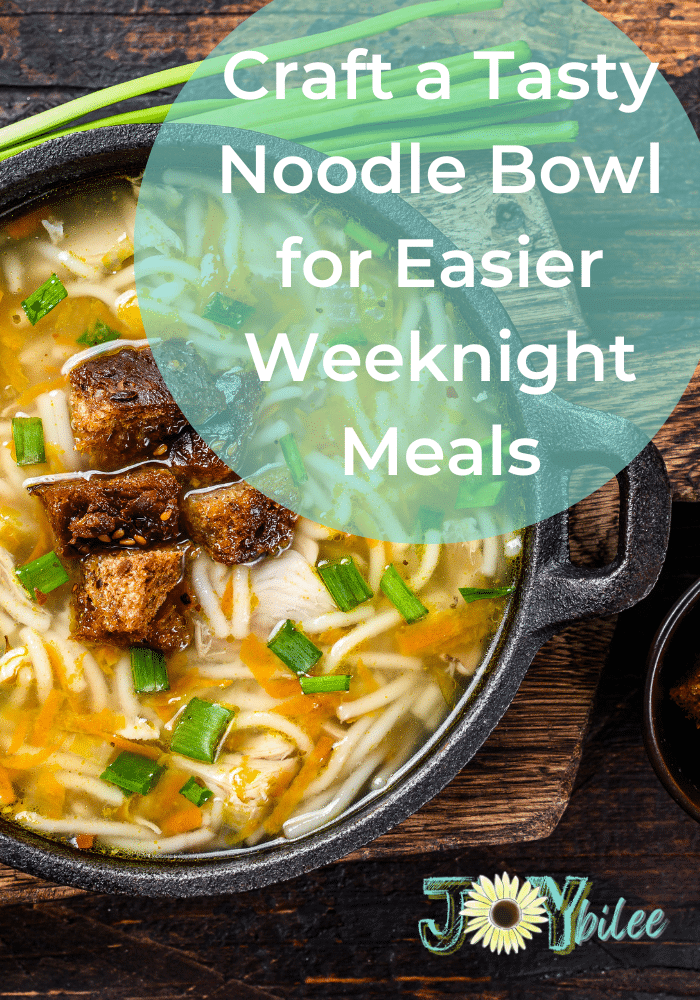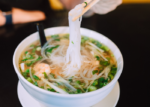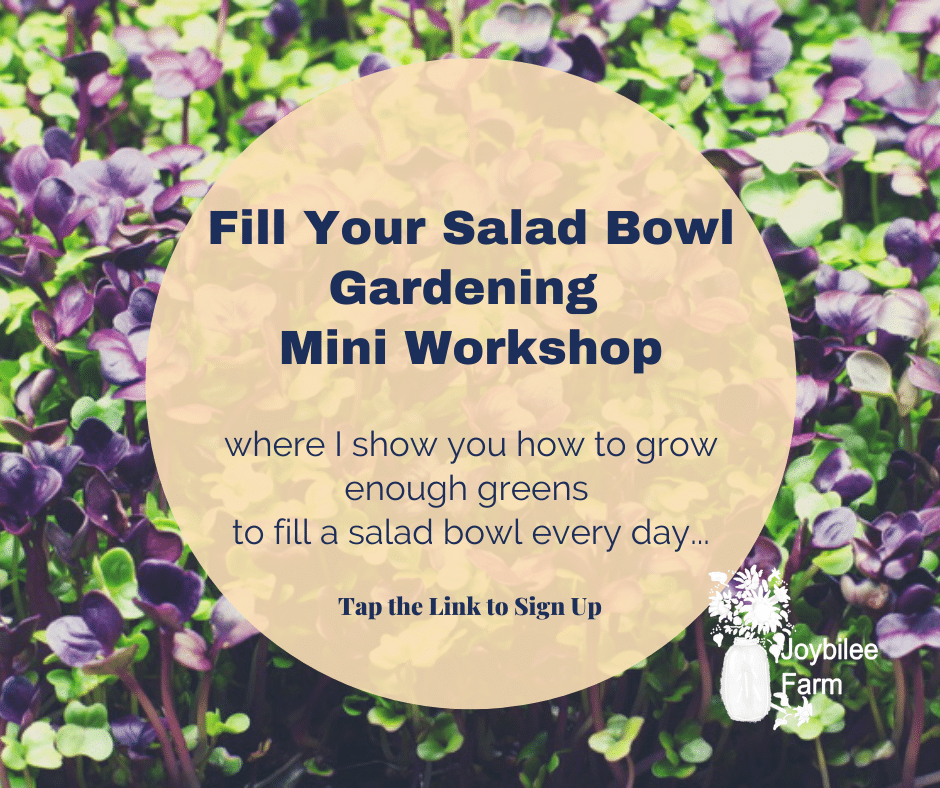A Noodle Bowl is a super fun option for lunch or a quick dinner. You may be used to the idea of a instant noodles or ramen for lunch, or a fast and cheap dinner. But, with a noodle bowl you can make a delicious and healthy meal, quickly. And even vary it to your own tastes and preferred flavors.
At it’s core, a noodle bowl has broth, noodles, vegetables, and protein. With that base, you can customize it as much as you like. Noodles can be wheat based, or rice based, depending on your preference and what you have on hand. Broth can be bullion based,homemade bone broth, or even vegetable bullion or homemade veggie broth, you can even make your own clear broth or consomme for it.

What is the Best Noodle Bowl?
Short answer, the one that you enjoy the most. The best noodle bowl is one you’ve crafted to your own taste buds, dietary needs, and personal preferences. If you love mushrooms, an unami broth with Reishi mushroom, shiitakes, onion, soy sauce, and then maybe some chicken or beef with rice noodles, green onions, and broccoli, ginger, and a sprinkle of sesame, might be your perfect noodle bowl. If you don’t like mushrooms, or can’t have beef, your perfect bowl will look different.
I like creating healthy bowls from scratch as an easy way to control the ingredients. Making a noodle bowl from scratch is also possible, though maybe you don’t want to try making the noodles from scratch. Wheat pasta from scratch is a bit easier to make than rice noodles from scratch.
Personally, I like going with an Asian inspired noodle bowl, with rich umami flavored beef broth, rice noodles, chopped green onions, thinly sliced shallots, grated ginger, a bit of garlic, and some bok choi or sui choi. For garnish, I like using green onions, and toasted slivered almonds and sesame seeds.

Health Benefits of Broth:
The base of your noodle bowl is the broth. Broth can be packed full of health benefits, as well as being tasty and delicious itself. When making your own noodle bowls, start with homemade broth, or vegetable stock. Commercially available broths often are high in sodium, so a homemade version lets you control the ingredients, and the sodium, content of your broth base.
Bone broth is especially easy to make at home. Simply start with a base of stripped bones, a splash of vinegar, and some onion skins, carrot skins, celery bits and bobs, dried reishi or shiitake mushrooms, and maybe some garlic. Simmer the entire thing for about 3-9 hours over a low heat, or overnight in a crock pot. Place a strainer inside another pot, and then strain your broth. Discard the vegetable and bone simmering materials, and save your broth. Definitely make sure you save your broth!
You can portion the broth into 2 cup amounts and either freeze what you don’t need for your noodle bowl, or can what you don’t need immediately. Broth will keep in the refrigerator for about one week. You can also simmer down the broth, till it reduces by half, and then freeze in ice cube trays to use as half-strength bullion cubes.

Assembling your Noodle Bowl:
This is a basic recipe for an Asian inspired noodle bowl, you can tweak the recipe how you like. I think Thai peanut sauce might go really well as part of this recipe, actually. Or a ginger based teriyaki sauce.
Print
Craft a Delicious Noodle Bowl
Description
A simple, customizable, noodle bowl recipe.
Ingredients
- 1 serving of semi thick rice noodles
- 2–3 cups hot broth
- 1/2 cup cooked beef or chicken
- 1 cup cooked bok choi
Garnish: (choose 3-6)
- 2 tablespoons chopped green onion
- 1–2 tablespoons toasted slivered almonds or peanuts
- 1 teaspoon toasted sesame seeds
- Bean sprouts
- Snow peas
- Sprouts
- Broccoli microgreens
- Chives
- Sliced button or crimini mushrooms
- Sliced and cooked shiitake or oyster mushrooms
- Enoki mushrooms
- salt and pepper to taste
Instructions
Start by cooking the meat and warming the broth. Broth can be warmed in a sauce pan while the meat is being warmed or cooked in a frying pan. Use a pho broth if desired, otherwise a basic matching broth for your protein will work. Vegetable stock or broth will match with most meat options, including some seafood like shrimp.
Bring a separate pot of water to a boil to prepare your rice noodles, or other asian noodles. I like rice noodles since they’re normally gluten-free. You can use gluten containing noodles if that is your preference. Cook your noodles to just below done. Strain and rinse with cool water, the hot broth will finish the rice noodle cooking process.
Your protein option should be just about hot right now, if you want to add shiitake or oyster mushrooms, add them to the meat at this time to lightly cook. For extra flavor, cook with a little bit of sesame oil.
Add your bok choi to your hot broth, and bring just up to a simmer. Transfer your broth and bok choi to a large bowl, this is the basis for this asian noodle bowl. Add your noodles and give them a swirl in the broth, until evenly distributed with the bok choi. Add your hot protein on top, if using oyster or shiitake mushrooms make sure they’re cooked with your meat. Then chose your other garnishes and add them. Enoki mushrooms are fine enough to simply be added to the hot broth and stirred around a bit to be classed as cooked.
Notes
makes one serving
Ingredients:
- 1 serving of semi thick rice noodles
- 2-3 cups hot broth
- 1/2 cup cooked beef or chicken
- 1 cup cooked bok choi
Garnish: (choose 3-6)
- 2 tablespoons chopped green onion
- 1-2 tablespoons toasted slivered almonds or peanuts
- 1 teaspoon toasted sesame seeds
- Bean sprouts
- Snow peas
- Sprouts
- Broccoli microgreens
- Chives
- Sliced button or crimini mushrooms
- Sliced and cooked shiitake or oyster mushrooms
- Enoki mushrooms
- salt and pepper to taste
Start by cooking the meat and warming the broth. Broth can be warmed in a sauce pan while the meat is being warmed or cooked in a frying pan. Use a pho broth if desired, otherwise a basic matching broth for your protein will work. Vegetable stock or broth will match with most meat options, including some seafood like shrimp.
Bring a separate pot of water to a boil to prepare your rice noodles, or other asian noodles. I like rice noodles since they’re normally gluten-free. You can use gluten containing noodles if that is your preference. Cook your noodles to just below done. Strain and rinse with cool water, the hot broth will finish the rice noodle cooking process.
Your protein option should be just about hot right now, if you want to add shiitake or oyster mushrooms, add them to the meat at this time to lightly cook. For extra flavor, cook with a little bit of sesame oil.
Add your bok choi to your hot broth, and bring just up to a simmer. Transfer your broth and bok choi to a large bowl, this is the basis for this asian noodle bowl. Add your noodles and give them a swirl in the broth, until evenly distributed with the bok choi. Add your hot protein on top, if using oyster or shiitake mushrooms make sure they’re cooked with your meat. Then chose your other garnishes and add them. Enoki mushrooms are fine enough to simply be added to the hot broth and stirred around a bit to be classed as cooked.

Once you’ve made this noodle bowl, you can make other noodle bowl recipes off the same template. Simply vary broth, protein, noodles, veggies, or fresh herbs and microgreens to create new flavors.
For a more vegetarian bowl, you can add a hard boiled egg, or two, to the bowl. Or use fish or other sea food instead of chicken or beef. Simply use vegetable stock or vegetable broth instead. For a vegan bowl, use homemade vegetable stock and mushrooms or tofu for protein and satiety.
Noodle Bowl Variations:
The quickest and easiest way to create flavor and texture variations in a noodle bowl is through changing out the noodles. Soba noodles, lo mein noodles, ramen noodles, rice vermicelli noodles, udon noodles, even different types of pasta if you wish, can create a completely different bowl experience. You can use any noodle you have on hand to create a noodle bowl.
The second way to create a unique bowl is to use different fresh herbs as a garnish, or use different herbs in the broth. Things like basil, fresh mint, fish sauce, sriracha, fresh cilantro, and a splash of rice vinegar, are all ways to change up the flavor of your noodle bowl.
Different vegetables are a third way of changing up your noodle bowl recipe. Red peppers, broccoli, cauliflower, carrots, onions, Chinese cabbage, cabbage, diakon radish, kolrabi, kale, and other fresh vegetables can all be used. For tougher vegetables, add them to the heating broth, over medium-high heat, for 3-5 minutes before assembling the bowl.
The best thing about the noodle bowl is that you can use up small quantities of vegetables, sprouts, nuts, seeds, and of course, your amazing homemade bone broth, or vegetable stock. It’s a great way to stretch leftovers and get the most out of your groceries, garden, micro-herbs or indoor herb gardens, micro-green and sprout growing too. And, if you grow your own mushrooms indoors, or outdoors, it’s also a great way to enjoy those beauties too.
Level Up Your Bowls:
Rice and noodle bowls are an awesome way to use small amounts of garden vegetables, leftovers, and pantry staples. This helps you get the most out of your grocery bill, as well as your garden or indoor growing abundance. Never gardened or thought of indoor growing before? Check out our “fill your salad bowl” workshop and learn about growing microgreens and micro herbs indoors, all year round.
New to growing food and vegetables?
Check out the Fill Your Salad Bowl workshop and learn how to use 3 different growing methods, at home, so you can fill your salad bowl with super food, nutrient dense, greens every single day. These are greens you can use in your salad bowl, greens you can add to soups, stews, and pasta dishes, and even greens you can use in a stir fry.
In this mini workshop you will learn how to fill a salad bowl every day with food you grow yourself.
- Even if you don’t have any land.
- Even if there is 3 feet of snow covering your garden
- Even if you’ve killed house plants in the past.
- Even if you think you have a black thumb.
Have a look at what’s covered in this workshop and see if its a good fit for you, by clicking/tapping the blue button below.





Leave a Reply